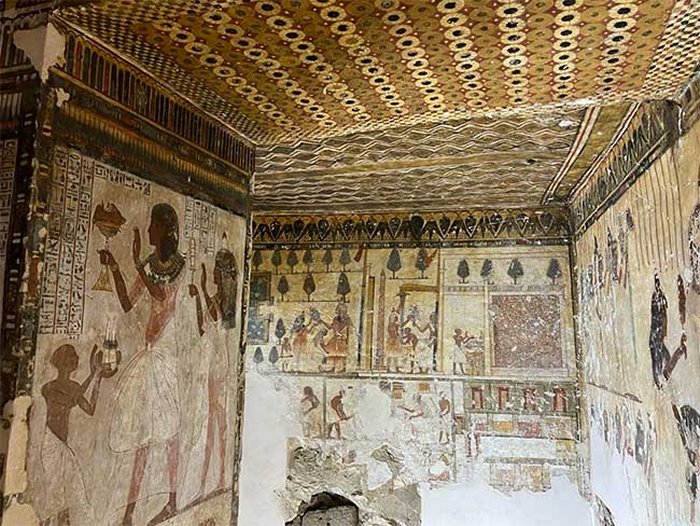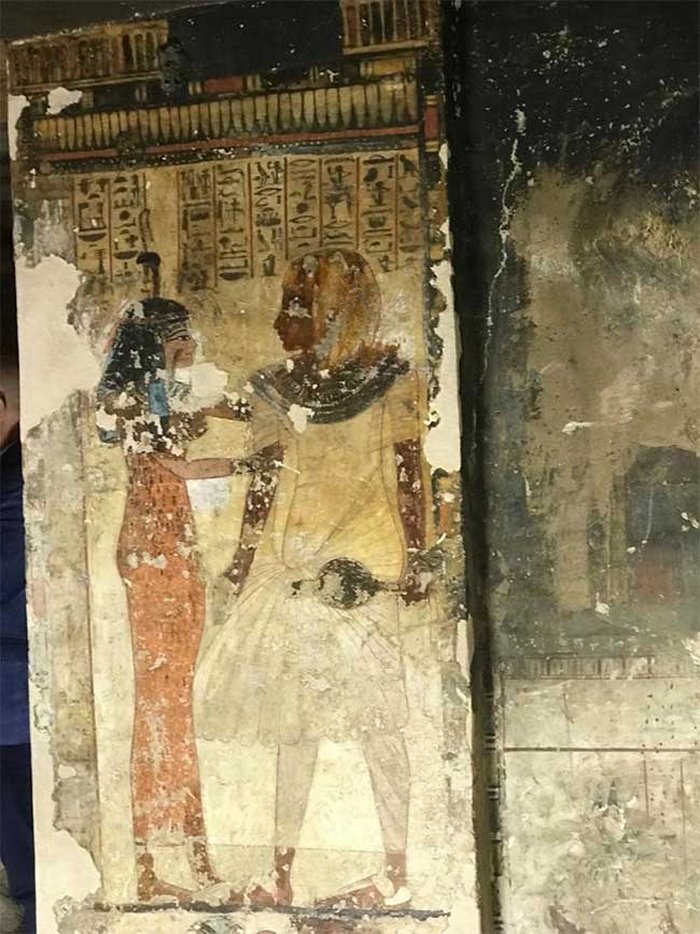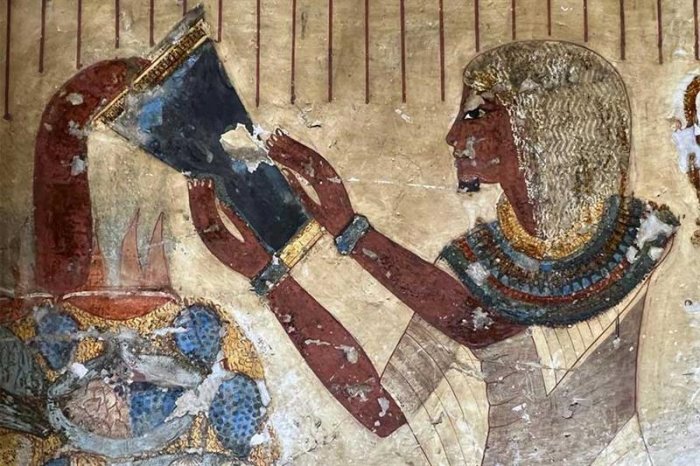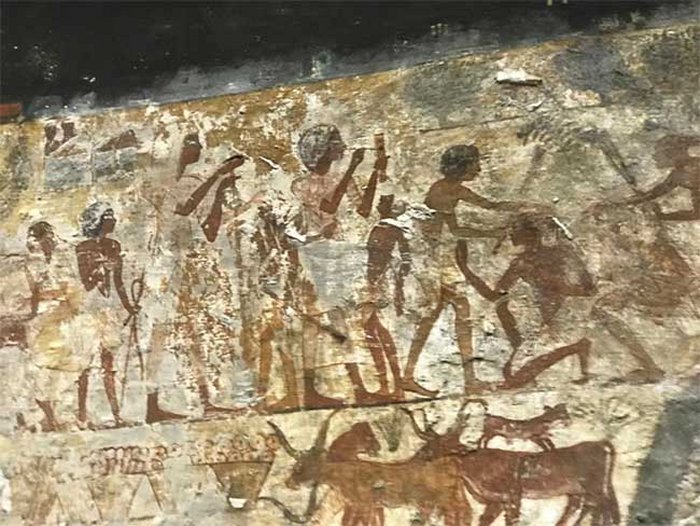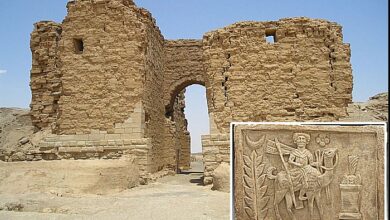Look Inside The Amazing Egyptian Tomb Of Scribe Neferhotep In Luxor

Conny Waters – AncientPages.com – The tomb of Neferhotep, a renowned scribe of Amun from the 18th Dynasty, during the reign of Pharaoh Ay (1327-1323 BC), was finally unveiled after over twenty years of painstaking restoration work.
Credit: Supreme Council of Antiquities
In ancient Egypt, public education was non-existent. As a result, most Egyptians lacked basic literacy skills. It’s believed that during the Old Kingdom era, less than one percent of the population could read or write. The profession of a scribe was therefore considered prestigious and highly sought-after.
Credit: Supreme Council of Antiquities
Neferhotep’s high status explains why he was put to rest in a beautifully decorated tomb that has now been restored and opened to the public.
This ancient Egyptian tomb, nestled in Luxor’s West Bank’s Khokha region, was inaugurated for public viewing during a ceremony by Mostafa Waziry, the Secretary-General of the Supreme Council of Antiquities, and Gonzalo Urriolabeitia, Argentina’s ambassador to Cairo.
The beginning of the tomb’s restoration took place in the year 2000. A team from Buenos Aires University in Argentina was entrusted with documenting and examining the tomb’s inscriptions and archaeological features. Concurrently, a German archaeological delegation was assigned to conserve and cleanse the wall paintings.
Credit: Supreme Council of Antiquities
The successful completion of this project was made possible through a generous grant provided by the Gerda Henkel Foundation, under vigilant supervision by the Egyptian Ministry of Tourism and Antiquities,” stated Violeta Pereyra, who led the Argentinean mission.
Credit: Supreme Council of Antiquities
The tomb’s wall paintings, once vibrant and artistically superior, unfortunately, suffered significant damage in the early 19th century. However, a meticulous investigation by a German team led to the development of a non-destructive laser cleaning technique.
Credit: Supreme Council of Antiquities
Credit: Supreme Council of Antiquities
This innovative method unveiled the hidden murals and hieroglyphs without causing any further harm. Moreover, they undertook additional, comprehensive conservation efforts to secure loose stone pieces, mend cracks, reattach plaster, and stabilize paint layers on the wall paintings, reliefs, and sculptures.
The ancient tomb’s underground architecture is designed from east to west, symbolizing the rebirth of the departed and mirroring the sun’s daily path. Starting from the courtyard, you’ll find a series of rooms – an outer passage, a vestibule, an inner passage, and finally, a cult chapel – all leading up to a niche featuring three groups of statues carved into rock.
The ancient Egyptians held a profound belief in life after death, with the deity Osiris – the god of the afterlife, underworld, and deceased – serving as their judge. This belief is evident in the numerous tombs found from different periods, each containing meticulously preserved bodies and an array of funerary items. The Egyptians didn’t perceive death as an end but rather a transition to another realm.
Credit: Supreme Council of Antiquities
For many among them, eternal life was envisioned as a journey with the sun during the daytime and returning at dusk. To facilitate this eternal journey, they undertook elaborate processes such as embalming and mummification, constructing tombs, and performing various rituals. All inscriptions and scenes painted on the walls of ancient Egyptian tombs have a purpose.
Interestingly enough, the five burial chambers are devoid of any decoration. A staircase dug out on the chapel’s southern side serves as your gateway to the main burial chamber.
See also: More Archaeology News
The tomb’s sculptures, reliefs, and wall paintings are not just artistic masterpieces but also a testament to its rich heritage. They mirror the shift in burial customs that happened post-Amarna Period – a time of religious transformation marked by the relocation of Egypt’s capital from north to south. The depiction of the Great Temple of Amun and its territories in the tomb’s chapel, along with the royal palace in its entrance hall, are truly exceptional. These scenes underline the high social standing of the person buried here.
Written by Conny Waters – AncientPages.com Staff Writer
Expand for references

